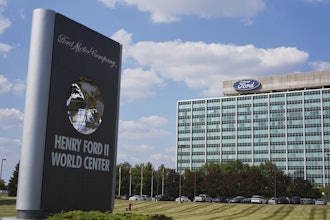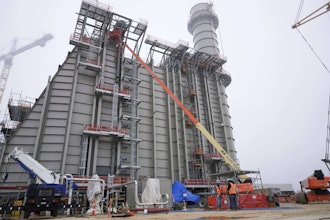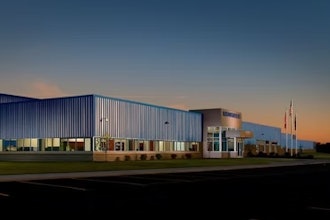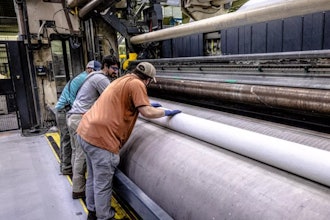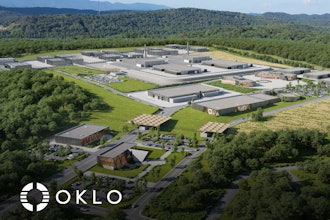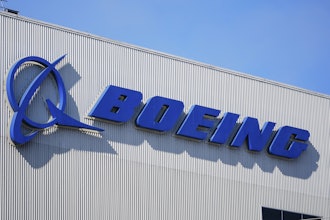
Manufacturing has a special set of challenges when it comes to security investment. With production lines running hot, supply chains extending all over the world, and competitive forces building, allocating resources to cybersecurity often gets pushed aside.
Simultaneously, while factories become increasingly interconnected with industrial internet of things (IIoT), robotics, and cloud infrastructures, the likelihood of cyberattacks becomes infinitely worse. Here are five prominent reasons that are withholding meaningful investment in this crucial area:
1. Lack of Awareness and Expertise
One core challenge of cybersecurity is the human factor. Workers, from floor operators to executives, often do not have a firm grasp on digital assets most exposed to risk, security best practices, and threat response procedures.
This shortfall is evidenced in multiple ways; frontline staff may not be aware of phishing emails or the risk behind using unapproved USBs; maintenance technicians will bypass important patch updates out of concern for disrupting production; and managers will classify cybersecurity as solely an IT issue rather than an enterprise risk, denigrating the budget and support required for unified programs.
When awareness training programs are lacking, employees may not catch subtle manipulation in the form of social engineering or detect anomalous behavior in systems. The problem is further exacerbated by limited technical expertise as industrial control systems operate on specialized protocols such as Modbus and OPC—protocols a general IT professional may not be familiar with.
2. Dependence on Legacy Systems
Legacy systems, though stable in terms of operations, may leave open a number of vulnerabilities in digital defenses. Machines still running on old Windows XP or unsupported software cannot be updated with vital security patches. Programmable logic controllers (PLCs) have no contemporary encryption and tend to use unsecured protocols to communicate. Suppliers may have discontinued support, leaving equipment at risk.
Upgrading or overhauling legacy systems is cost prohibitive. Besides hardware expenses, manufacturers must consider engineering time, retraining staff, and longer test cycles to ensure reliable performance and safety. In most instances factories cannot afford long delays, so phased rollouts become the only feasible option. However, piecemeal upgrades leave persistent gaps, complicating an already delicate orchestration.
3. Financial Limitations and Risk of Downtime
Budget constraints hang heavy in an industry where margins are narrow. Committing money to cybersecurity, which is an intangible and preventative cost, seems like an indulgence. This conflict aggravates if anticipated cyber investments must vie against equipment upgrades, supply chain enhancement initiatives, and headcount expansion or pay raises.
Cybersecurity expenses, including firewalls, intrusion detection, and endpoint protection, are supplemented by consulting, integration, and regular monitoring. To make matters worse, fear of downtime during the implementation phase adds pressure. Even slight system adjustments can put finely tuned production workflows off balance.
Something as seemingly routine as a misconfigured firewall or failed patch deployment can shut down an entire assembly line.
4. Competing Priorities
Manufacturing firms must balance several strategic projects, from growth into new geographies to adoption of lean production methods. Cybersecurity usually takes a backseat as production targets and shipping timelines are top-of-mind for the board.
Operations teams prioritize OEE (overall equipment effectiveness) over system hardening. Innovation initiatives, such as robotics or machine learning–enabled quality control, attract both capital and workforce.
In such circumstances, cybersecurity is often perceived as a cost center. Leadership may mistakenly believe that routine antivirus or light IT monitoring will suffice. This fallacy postpones investments until a breach occurs, and mitigation is reactive, chaotic, and more costly.
5. Fragmentation Between OT and IT Groups
While not the most apparent obstacle, the segregated interaction between operational technology and IT groups silently underlies many investment delays. While IT will push for best-practice models (e.g., zero trust) that are hard to apply to factory floors, OT may resist internet-like perimeters around key control systems, worrying about service interruptions.
Miscommunication results in redundant workstreams or, worse, security protocols that conflict with production procedures. This gap contributes to uneven policies, redundant efforts, and vulnerabilities in systems bridging both OT and IT roles.
Overcoming the Barriers
To shift cybersecurity from being a low priority to a strategic imperative, protecting both production and profit in an age of digital transformation, manufacturers must:
Initiate ongoing training initiatives that include simulated attack drills and consider engaging with outside experts that specialize in OT security.
Develop a phased roadmap to upgrade aged hardware, focusing on the most important lines or facilities. Pilot projects can also assist in limiting disruption.
Create a financial model correlating cybersecurity spending with measurable gains such as reduced incident rates and regulatory penalties, improved audit scores, reduced insurance premiums, and enhanced reputation within a data-captive market.
Align security programs as fundamental to operational resilience by highlighting their impact on uptime, reliability, and regulatory compliance, connecting security directly to business interests.
Encourage OT/IT convergence through common metrics, joint budgets, and cross-functional departments. Acting as a common threat between OT and IT, cybersecurity must run from initial planning to launch to daily use.
Cybersecurity is no longer a technical issue but a cornerstone of operational resilience: a driver propelling long-term advancement, differentiating manufacturers in a time of uncertainty. By successfully addressing the challenges of aging infrastructure, budget priorities, and isolated technical teams, manufacturers can minimize risk factors and improve efficiencies that will elevate both profits and production lines.












